7. Costly baggage, given by princess' mother represents the earthly goods. They don't do any good for her and she is unable to preserve them even long enough to get to her husband. The message is clear - parents should focus on giving their kids wisdom, courage and life skills, not money. Money is useless without knowledge to handle with.
8. Blood (three drops on the handkerchief) is the power of life. Mother has to lose some blood to give birth (think about Snow White and Seven Dwarfs) and in this fairy tale, she gives her daughter a handkerchief with three drops of blood as a lucky charm with magical properties. Yet the princess loses the handkerchief and mother's protection what forces her to find her own powers.
9. Geese represent loyalty, faithfulness, and truth, but also innocence, silliness, and cowardice. The princess must spend some time with them to choose which of all these characteristics shared with them should prevail in her personal future.
10. The iron stove is a symbol of rebirth. We can find an iron stove with an important role in Hansel and Gretel, where Gretel needs to kill the witch before she saves her brother and herself. The princess from The Goose Girl must lose everything before she can start with her new life and we find a similar situation in many different tales.


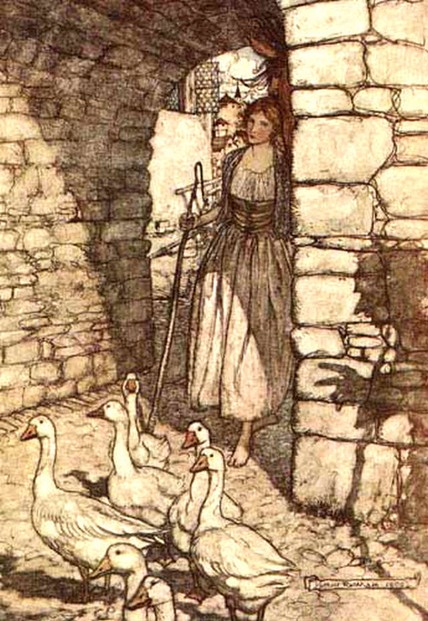
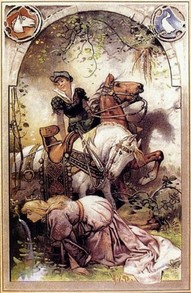
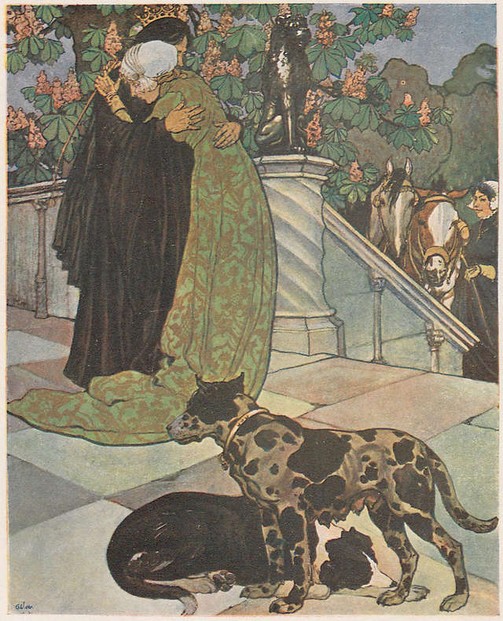
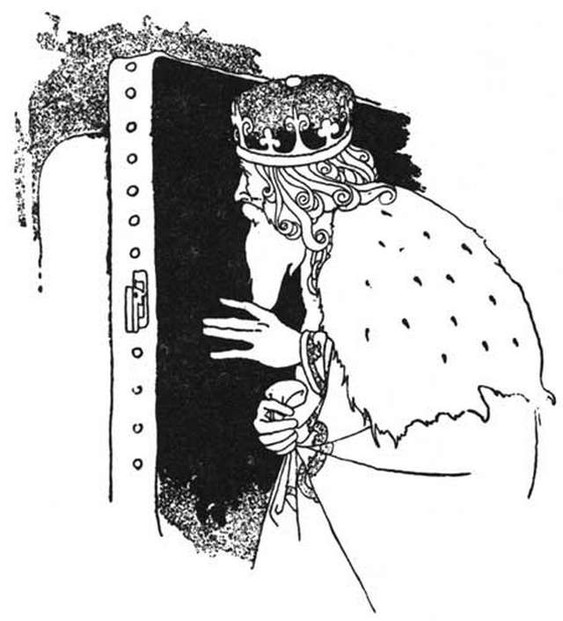
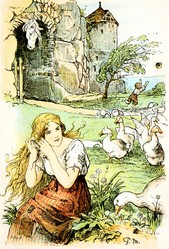

 Vintage Postcard Artists with 10 Examples of Easter Cardson 02/21/2025
Vintage Postcard Artists with 10 Examples of Easter Cardson 02/21/2025
 Valentine's Symbolson 01/23/2025
Valentine's Symbolson 01/23/2025
 Thanksgiving Symbolson 11/12/2024
Thanksgiving Symbolson 11/12/2024
 Famous Witches in Literary Historyon 10/06/2024
Famous Witches in Literary Historyon 10/06/2024
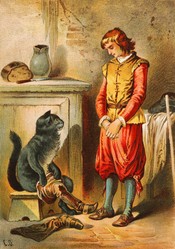
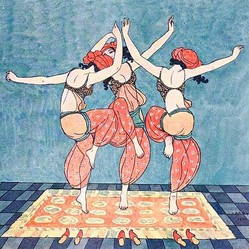
Any questions about the Grimm's Goose Girl?
I believe the magic worked more as a reminder, not as protection.
The first fact, about magic in The Goose Girl, intrigues me with the name Falada.
What country, culture and language might The Goose Girl oftenest and originally have been associated?
The name occurs in Asturian, Galician and Portuguese as the feminine past participle of the verb "to speak, to talk." So it would be pronounced "fuh-LAH-duh" in Brazilian Portuguese, in which I'm fluent, and translated as "(the) spoken (one)."
The first amusing point about the ineffectiveness of magical charms and powers really amuses me.
Was the point perhaps to advise the princess never to rely completely or predominantly upon other than herself? Why else would magic not work?!
Great to hear that, Mira. If there is any picture book already in Public Domain, please, send me a link. It would be awesome, to include a Romanian illustrator among other artists.
Thanks, Tolovaj! :) Yes, we too have digitalized many old collections here in Romania. It's quite wonderful :)
Hi, Mira. The Goose girl is not about a peasant girl who becomes a princess but about the princess who temporarily loses her social status to regain it back later despite the fact 'she must keep her word'. Such plot is essential in a fairy tale genre.
It's great to have so many great stories available for free on Gutenberg and similar services. More and more universities are putting their otherwise dusty and forgotten libraries online as well.
I read this as a child but am still not sure what the geese did in the story. To me now it's just a way of choosing a peasant girl for a protagonist.
I really enjoy your posts as I have read lots of fairy tales as a child up until second grade (we had many wonderful anthologies and series), and I still find fairy tales amazing -- have found many free collections on Gutenberg.
You did, sandyspider, I just wasn't here to approve your comment. I appreciate your visit.
Thanks, sandyspider.
I remember reading this. Thought I had left a comment before. Really love it.